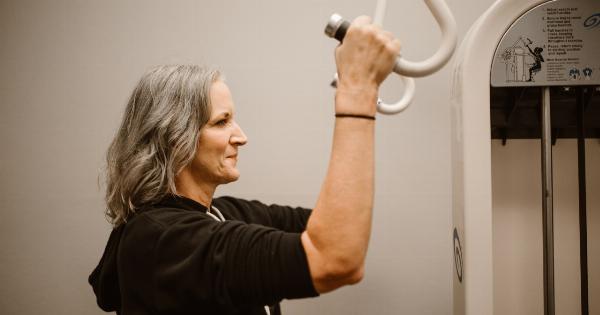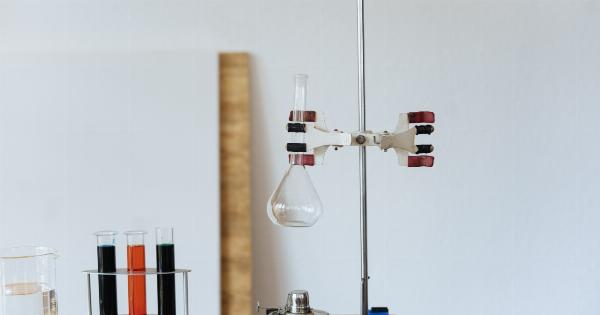Refurbishing a workplace can be an exciting time for any company. A fresh coat of paint, new furniture, and updated technology can greatly benefit employees and clients alike.
However, it is important to prioritize the safety and well-being of employees during the refurbishment process. From the initial planning stages to the completion of the project, measures should be taken to protect employees from potential hazards. Here are some tips for protecting employees during refurbishment:.
Tip 1: Conduct a Risk Assessment
Before any refurbishment work begins, it is important to conduct a thorough risk assessment. This will help identify hazards and ensure that appropriate measures are put in place to prevent accidents or injuries.
Some of the hazards that may be present during refurbishment work include:.
- Falls from height
- Noise pollution
- Dust and debris
- Toxic materials
- Asbestos
- Electricity
A risk assessment should be conducted by a trained professional who is knowledgeable in health and safety regulations.
The results of the assessment should be shared with all employees and any necessary precautions should be taken before the refurbishment work begins.
Tip 2: Train Employees on Health and Safety Procedures
Employee training is essential for protecting their health and safety during any refurbishment work. All employees should be trained on the hazards identified in the risk assessment and the procedures that have been put in place to reduce the risks.
This includes training on personal protective equipment (PPE) like hard hats, safety glasses, and gloves. It is also important to train employees on emergency procedures in case of an accident or injury.
Tip 3: Establish Clear Communication with Contractors
It is likely that some refurbishment work will be carried out by contractors rather than by employees. When hiring contractors, it is important to establish clear communication and expectations from the outset.
This includes ensuring that contractors are aware of the potential hazards and procedures that are in place to mitigate these risks. It is also important to ensure that contractors have the appropriate training, qualifications, and insurance to carry out the work safely.
Tip 4: Provide Adequate Ventilation and Control Dust
During refurbishment work, dust and debris can be produced, which can be harmful to employees if they are not adequately controlled. It is important to provide adequate ventilation to reduce the concentration of dust in the air.
This can be achieved by using dust extraction systems or opening windows and doors where possible. It is also important to regularly clean work areas to remove any dust or debris that has accumulated.
Tip 5: Inspect and Test all Equipment Regularly
Any equipment used during the refurbishment work should be regularly inspected and tested to ensure it is in good working order. This includes tools, machinery, and any PPE that is being used.
Regular inspections and testing can help identify any faults or defects before they become a hazard to employees.
Tip 6: Provide Safe Storage for Materials and Waste
During refurbishment work, there may be a need to store materials and waste on site. It is important to ensure that these materials and waste are stored safely and in a way that does not create a hazard for employees.
This may include providing secure containers for materials and waste, and ensuring that they are labeled clearly.
Tip 7: Consider Alternative Working Arrangements
In some cases, it may be necessary to consider alternative working arrangements during refurbishment work.
This may include allowing employees to work from home, providing alternative workspaces, or adjusting work schedules to avoid working during certain periods of the day. Alternative working arrangements can help reduce the risk of employees being exposed to hazards during refurbishment work.
Tip 8: Provide Adequate First Aid Facilities
Accidents and injuries can happen during any refurbishment work, no matter how well planned or executed.
It is important to provide adequate first aid facilities on site, including first aid kits and trained personnel who can provide first aid treatment if necessary. Employees should be made aware of the location of first aid facilities and how to access them in case of an emergency.
Tip 9: Regularly Monitor and Review Health and Safety Procedures
Refurbishment work can be an ongoing process, with different stages and tasks being carried out over several weeks or months.
It is important to regularly monitor and review health and safety procedures to ensure that they are effective and being followed correctly. This includes regular inspections of work areas, reviewing risk assessments, and gathering feedback from employees.
Tip 10: Ensure that Health and Safety Compliance is Followed
Finally, it is important to ensure that all health and safety compliance regulations are being followed during refurbishment work.
This includes complying with local and national health and safety laws, as well as any internal policies or procedures that have been put in place. Failure to comply with these regulations can lead to fines, legal action, and more importantly, injuries to employees.
Conclusion
Refurbishing a workplace can be an exciting time, but it is important to prioritize the safety and well-being of employees during the process.
By following these ten tips, employers can ensure that their employees are protected from potential hazards during refurbishment work. Remember, investing in employee safety is investing in the future of the business.



























